No products in the cart.
Hair Care Guide
What is the primary difference between texturizer and relaxer?
Get to know the difference between texturizer and relaxer. Based on this knowledge, you can decide which treatment is best to straighten your hair.
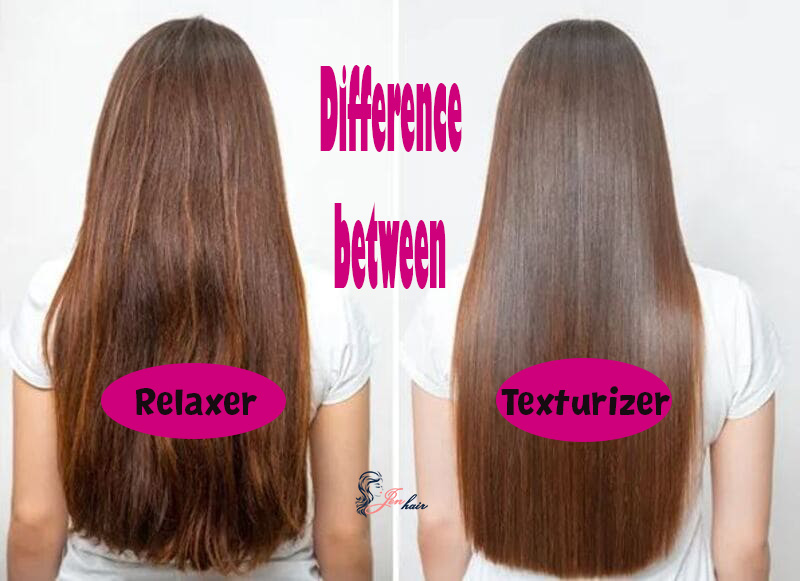
What is the difference between a texturizer and relaxer? These treatments are very popular, but people often get confused between two terms. They both permanently change the shape of your hair strands. However, there are some differences in how they work and their results.
Before visiting your stylist, you might need to understand these treatments and decide which solution is best for your hair goals and type. In the following sections, Jen Hair will explain the difference between texturizer and relaxer. Continue discovering!
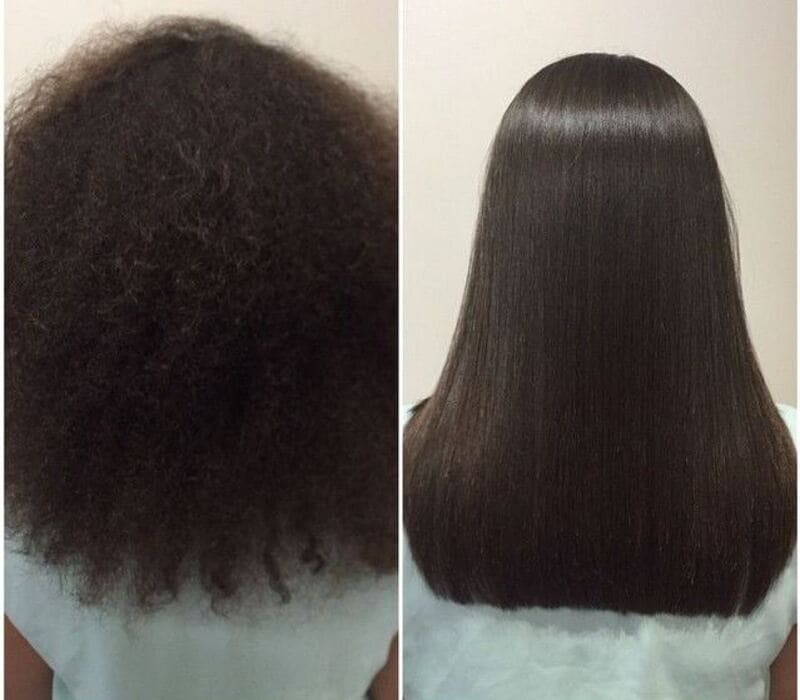
What is the difference between texturizer and relaxer?
What is texturizer?
A hair texturizer chemical helps to loosen the natural curl hair pattern. Compared to a relaxer, it takes less time from the time when it is applied to your hair, to completely straighten your hair.
Texturizers can modify the structure of keratin in your hair to break the bonds in the hair protein. As a result, we can use a texturizer to looser curl pattern.
What does a texturizer do to your natural hair? Texturizers can help keep your curl pattern in a looser form. Thanks to that, you can maintain your natural curls while making them more manageable.
A texturizer will permanently change the natural hair curl pattern. Therefore, once applied with a texturizer, your hair is no longer “natural.”
If you love your curls but you have struggle with tangles, or it is difficult to comb or maintain, a texturizer is also a great solution for you.
Consider some benefits you can obtain from texturizing your hair:
– Provides more manageable curls
– Enhances shine
– Reduces frizz and flyaways
– Promotes hair growth
– Accommodates to try new styles
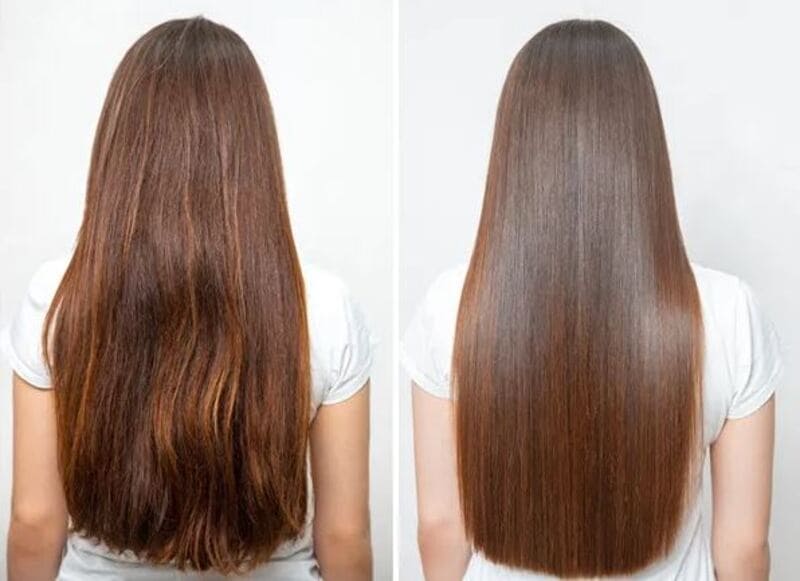
What is relaxer?
A hair relaxer chemical can permanently straighten your hair by eliminating its natural curl pattern. Relaxers break down the keratin proteins in our hair, which are held together by disulfide bonds.
What does a relaxer do to your natural hair? When the chemicals are applied, the bonds break, and the keratin proteins straighten out for smooth and completely straight hair.
If you want to completely change your hair pattern from natural curls to straight hair, a relaxer is a suitable choice.
A relaxer will transform your natural curl pattern into a straight pattern, while it will eliminate any trace of curls.
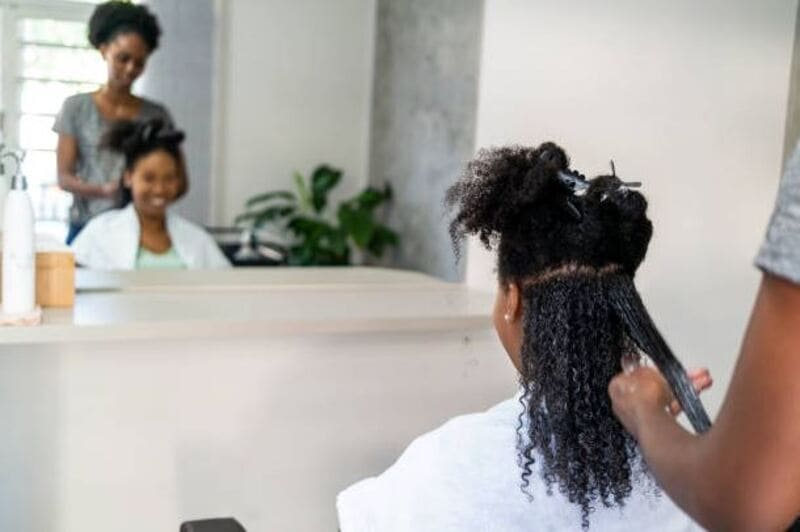
In short, a texturizer tend to create a more natural look than a relaxer can do. Meanwhile, a relaxer aims to help achieve a straightened appearance. So remember these details when you consider between these two treatments
How to choose between texturizer and relaxer?
When you have known the difference between texturizer and relaxer, the choice will depend on your desired outcome.
On the one hand, for a wavy appearance or a looser texture overall, a texturizer is the better option. It will make your hair more manageable to maintain visible curl patterns.
It is important to note that texturizers primarily loosen your hair’s texture rather than completely straightening it. Therefore, it appears challenging to achieve the exact same texture on new growth. In addition, texturizers are generally easier to apply for short to medium-length hair. But it does not mean long hair cannot use texturizers.
On the other hand, if you want to focus on eliminating frizz to achieve bone-straight hair, a relaxer is a better choice. A relaxer is more flexible and can be applied to any hair length. Especially, it will not make any changes to your curl pattern.

Is a texturizer the same as a relaxer?
While, most hair products claim to be “natural,” texturizers and relaxers both have chemicals that permanently change your hair. They often have similar ingredients, so a relaxer can give texturizer results if left on for a different amount of time.
Texturizers can come with different packaging. They often make claims of being better for your hair than traditional relaxers. However, make sure to check their ingredient labels as most these products contain sodium or calcium hydroxide that is similar to relaxers.
Either you use a texturizer or a relaxer, you must wash your hair thoroughly with a neutralizing shampoo. It’s super important!
And here’s the deal – these chemical treatments can be pretty rough on your hair. They might leave it feeling dry and not so happy. So, you’ve gotta show your hair some extra love afterward.
It is necessary to treat your hair carefully with moisturizing products, conditioning marks, or leave-in treatments. These products can keep your hair hydrated and healthy.
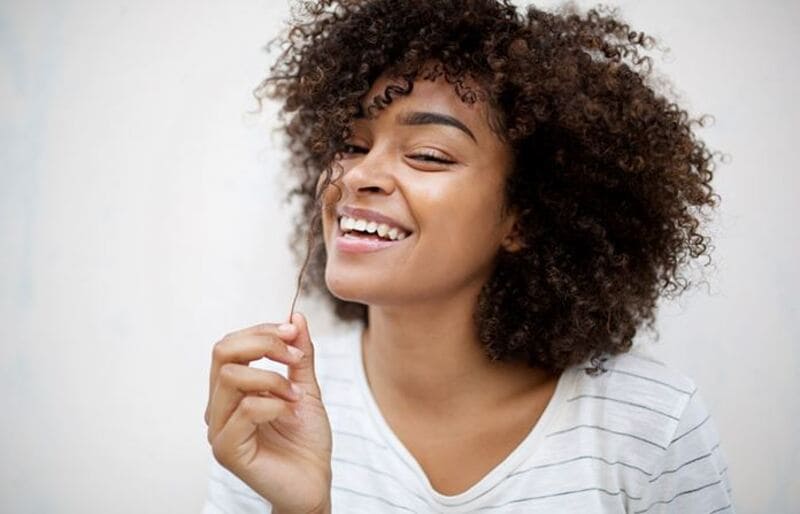
How do I get my natural hair back after texturizer?
After texturizer, you might find it challenging to get your hair back to its natural well-being. Following are the essential instructions that you can implement.
Firstly, you should let your hair grow and gradually trim off the texturized ends. This technique helps maintain its length. Then, it is important to regularly apply deep conditioning treatments. These products help nourish and hydrate your hair.
Then, you must opt for protective ways like braids, twists, or updos to style your hair. These hairstyles can minimize hair manipulation and breakage. Moreover, trim off the damaged ends when your natural hair grows. It helps promote healthy hair and prevent split ends.
Finally, be patient with the process, letting your hair grow and focusing on maintaining its health.
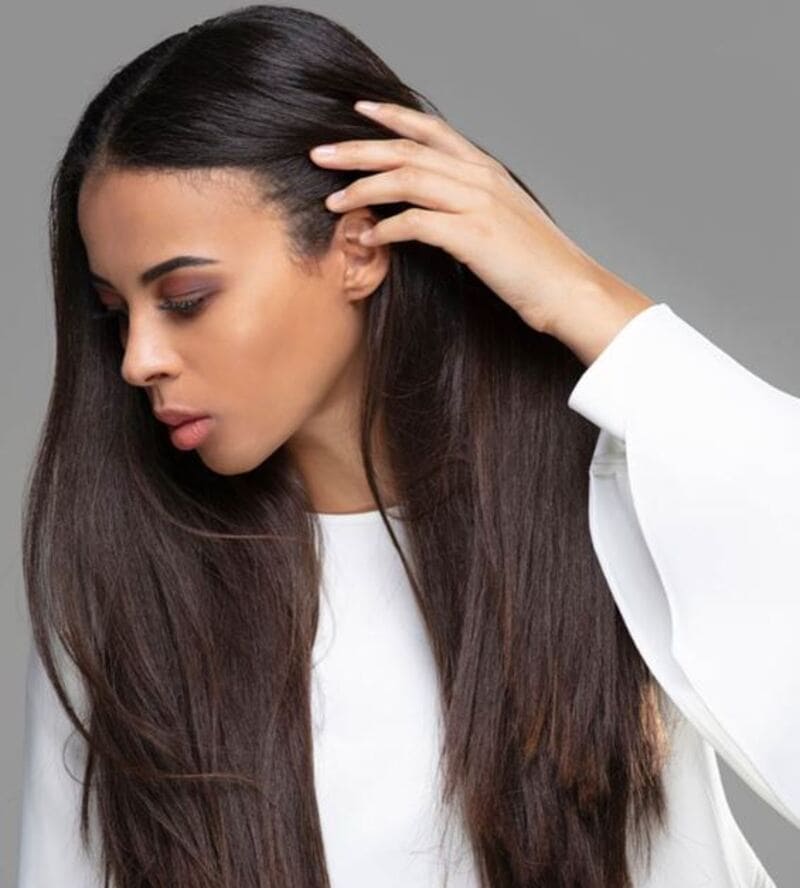
FAQs
Is texturizer beneficial for natural hair?
Yes, a texturizer can help natural hair to get a loose curl pattern or defined waves. However, texturizers often container some certain chemicals that can permanently change hair structure. Therefore, it is best to weigh the benefits and consequences before you decide to apply it to your hair.
Can I use a relaxer as a texturizer?
No, in reality, relaxers and texturizers have some similar chemicals, but they are created to serve different purposes. They are also different in application times. Using a relaxer as a texturizer can lead to unpredictable results.
It is best to use products that are specifically designed for texturizing. Then, you can get the best texture or curl pattern.
How often should hair be texturized?
You should wait for at least 8 weeks to use a texturizer on your hair. This time allows new hair to grow while minimizing chemical damage on your natural hair. However, the time might vary depending on each individual, then a professional stylist can help you decide if it is time you can apply a texturizer to your hair.
How long does it take for texturized hair to go natural?
Typically, it takes from three months to a year for texturized hair to go natural. It can take even more for the texturized hair to be completely replaced with natural hair. Trimming off the texturized ends can help speed up this process. However, it will vary from one to others, but texturized hair will gradually grow out as new natural hair emerges.
Can you wash texturized hair?
Yes, you can wash texturized hair. In addition, you need to use specialized shampoos and conditioners for each washing time. Then, gentle moisturizing products are suitable for treated hair. Finally, as texturized hair is more prone to damage, you should avoid using harsh shampoos or overwashing.
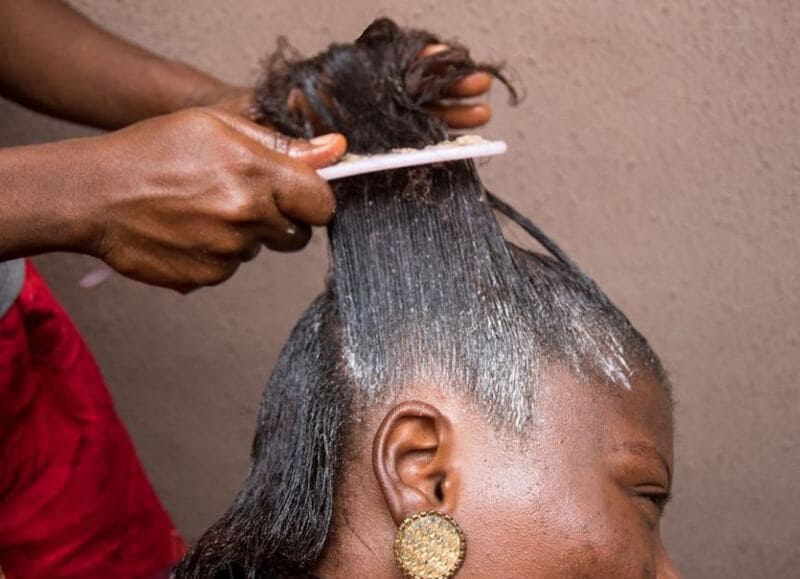
Final thoughts
The difference between texturizer and relaxer lies in their outcomes. A texturizer is used to loosen the hair’s texture and create a wavy appearance. Meanwhile, a relaxer is designed to eliminate frizz for straight hair. Both products contain some similar chemicals that permanently alter the hair.
When considering using a texturizer or relaxer, you must understand the potential risks and benefits associated with their chemical treatments. You can consult a professional stylist to determine the best option for your hair.
If you are looking for hair extensions or further hair-related assistance, contact Jen Hair team for the best hair styling solutions!
Reccomendations:
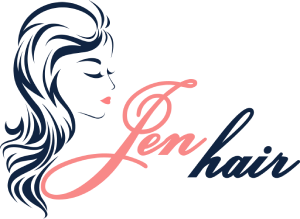
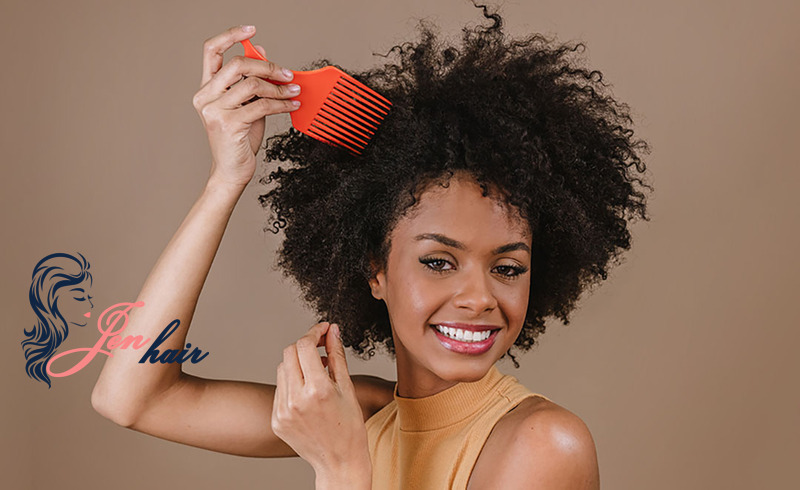 Guide Cornrows With Side Part The Best For Beginner
Guide Cornrows With Side Part The Best For Beginner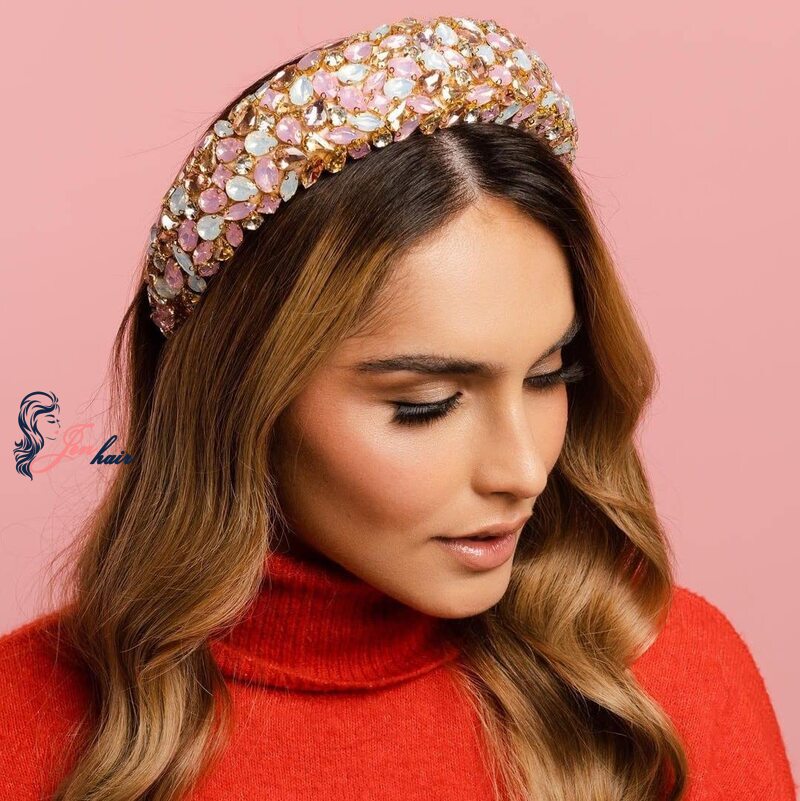 Ultimate Guide: Headband with Hair Attached (Best Styles for 2025)
Ultimate Guide: Headband with Hair Attached (Best Styles for 2025)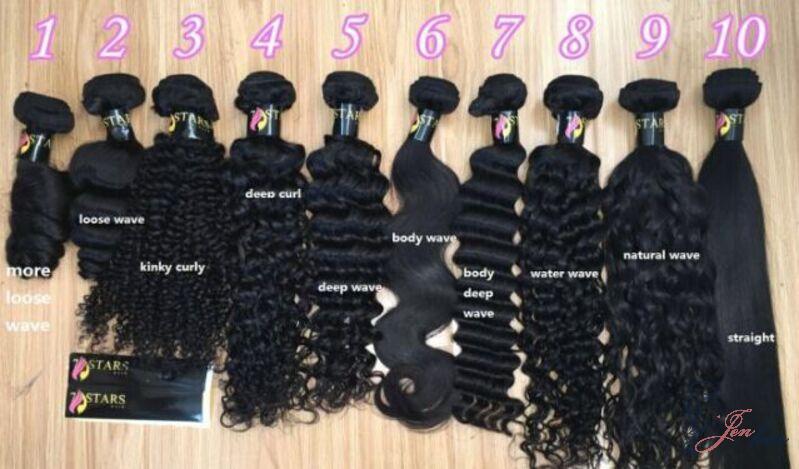 Top 7 Premium Human Hair Clip In Extensions For Black Hair
Top 7 Premium Human Hair Clip In Extensions For Black Hair
